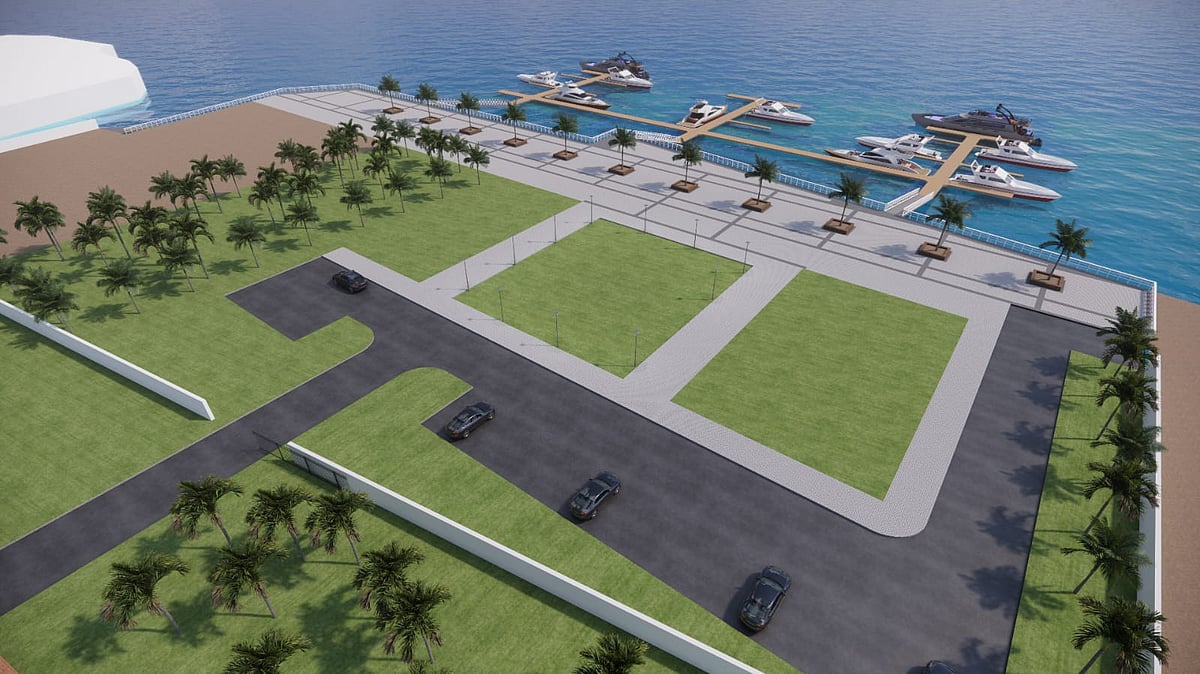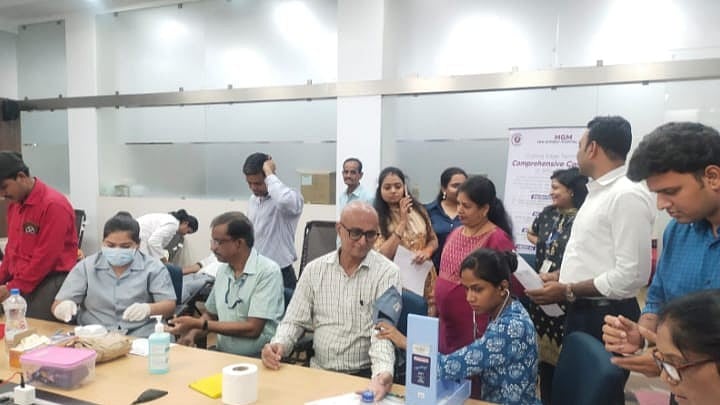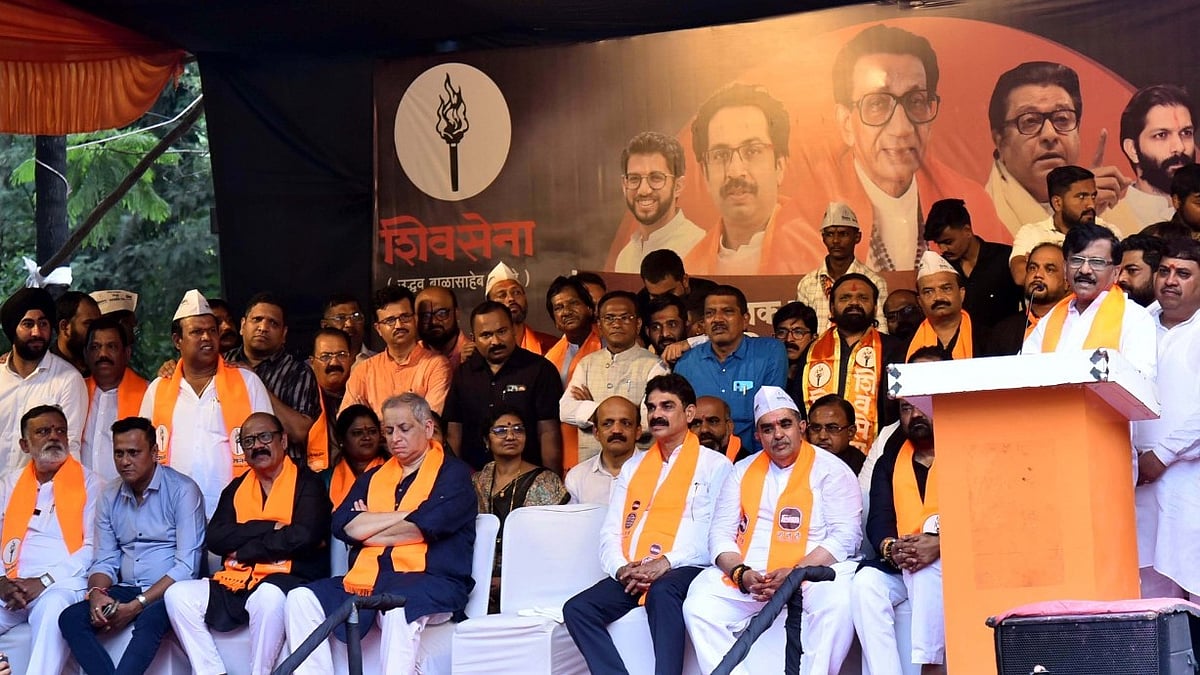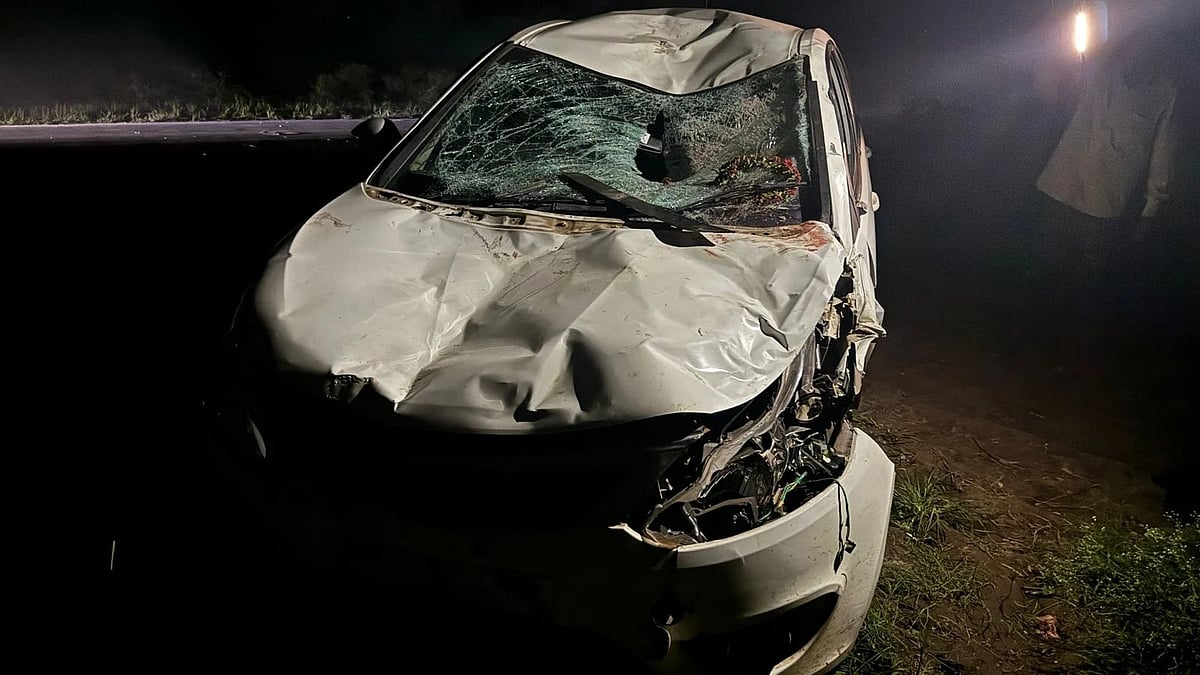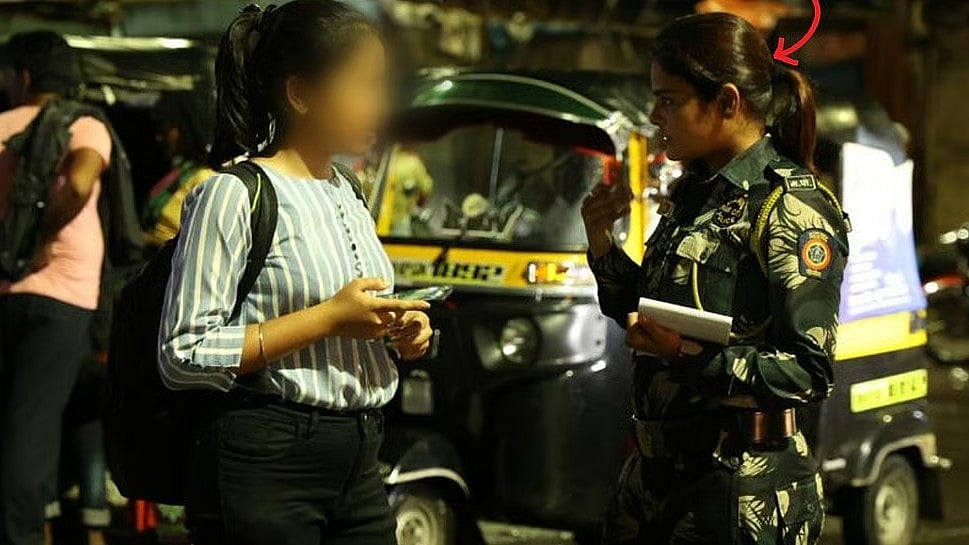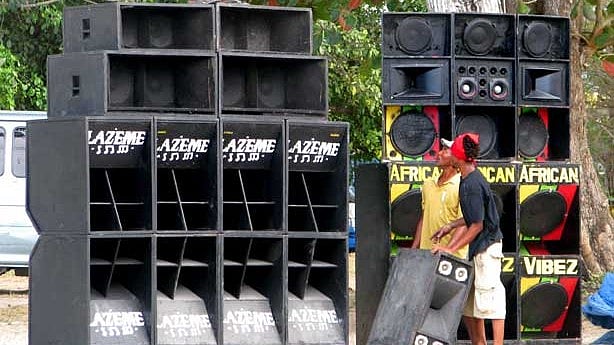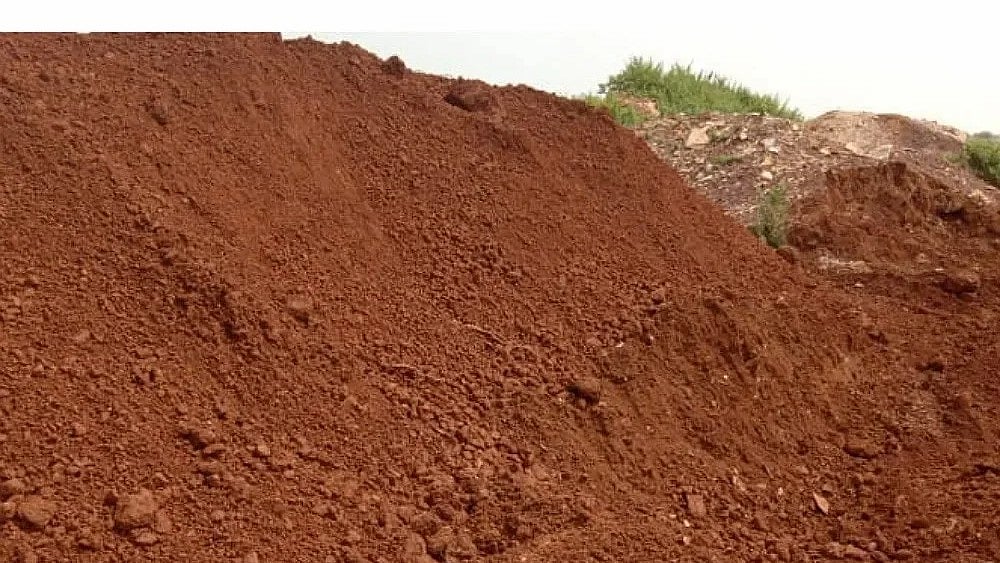Residents of Pune have been exposed to poor air quality for more than 60 per cent of the past 90 days. According to an analysis of Central Pollution Control Board (CPCB) data by Centre for Research on Energy and Clean Air (CREA), from February to April 2025, Punekars breathed bad air for 57 days out of 89 days. All through February, the people of Pune breathed bad air with the average PM10 concentration for the month being 127 µg/m³. In the month of March, too, the average PM10 concentration was 112 µg/m³. The safe daily limit for PM10 concentration as per the National Ambient Air Quality Standards (NAAQS) is 100 µg/m³.
Manoj Kumar, analyst, Centre for Research on Energy and Clean Air, cited, “Long-term exposure to PM10 has been linked to an increased risk of respiratory diseases and cardiovascular problems. Pune had worse air quality this April as compared to April 2024, in terms of PM10 and PM2.5 concentration. Long-term exposure to PM2.5, which is a smaller particulate matter, can lead to increased risk of heart disease, reduced lung function, and even lung cancer. This underscores the severity and persistence of air pollution in the city, and the alarming fact that the air quality is worsening.”

"We have been actively engaging with the local administration on issues like mobility, solid waste management, and crematoria issues, but we believe more needs to be done. We are concerned that despite an action plan being implemented for over two years, we still do not meet the national standards. Effective solutions like strengthening public transport, improving walkability, should be focused on rather than deploying technical solutions like mist fountains or fog cannons that are not evidence-based and proven to be effective. Civil society members and citizens need to be made a part of the process of finding and implementing effective solutions that will address pollution at source," said Dushyant Bhatia, member of the Pune Air Action Hub.
"Biomass combustion and vehicular emissions are the largest sources of PM2.5 in the city, while PM10 is mainly from road dust and construction activities. Despite spending over ₹222 crore under the National Clean Air Programme (NCAP), annual PM10 levels have never met NAAQS. This calls for a serious revisit of city-level action plans with a focus on accountability and effective on-ground execution," added Manoj Kumar.

Sharmila Deo, Senior Programme Associate, NGO Parisar, said, “The health impacts of poor-quality air go beyond respiratory disorders. While it's known that pollution can cause wheezing, asthma and even lung cancer, what comes as a surprise is that it affects almost every organ in the body, like the liver, kidneys, heart and even causes diabetes and neurological disorders. With such serious impacts, the city should take this issue as a priority. All the impediments to carrying out the actions in the action plan must be addressed urgently.”
“Before the winter months set in, and the air quality worsens, Pune still has the opportunity to prioritise actions to improve its baseline air quality. Pune, having both the Metro as well as the PMPML service, experts are encouraging the city to make the public transport affordable and more accessible for citizens. Facilitating a modal shift from private vehicles to public transport, and strengthening the implementation of the ban on open burning will largely contribute to pollution mitigation,” added Deo.

Hema Chari, a resident of Bhosalenagar, stated, “It’s shocking that Punekars had to breathe unhealthy air for over 60% of the last three months. We keep hearing about crores being spent under clean air programmes, but the air we breathe is only getting worse. This isn’t just about numbers, it’s about our lungs, our children’s health, and our city’s future. We need real solutions like better public transport and stricter control on dust and waste burning, not cosmetic measures like fog cannons. Citizens must be made part of the solution, not just victims of inaction.”
Meanwhile, JS Salunkhe, regional officer, Maharashtra Pollution Control Board (MPCB), did not respond when contacted for a comment.

